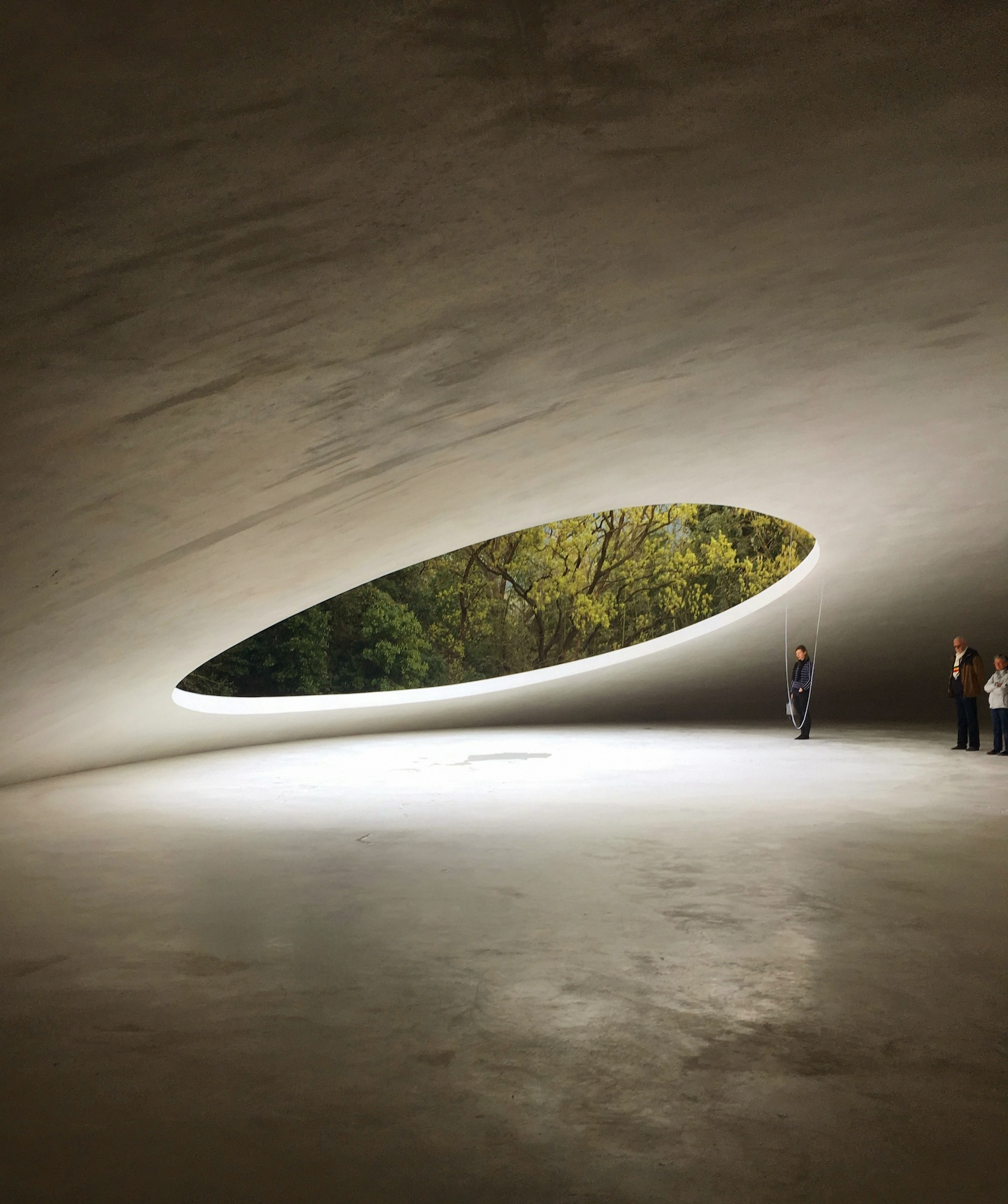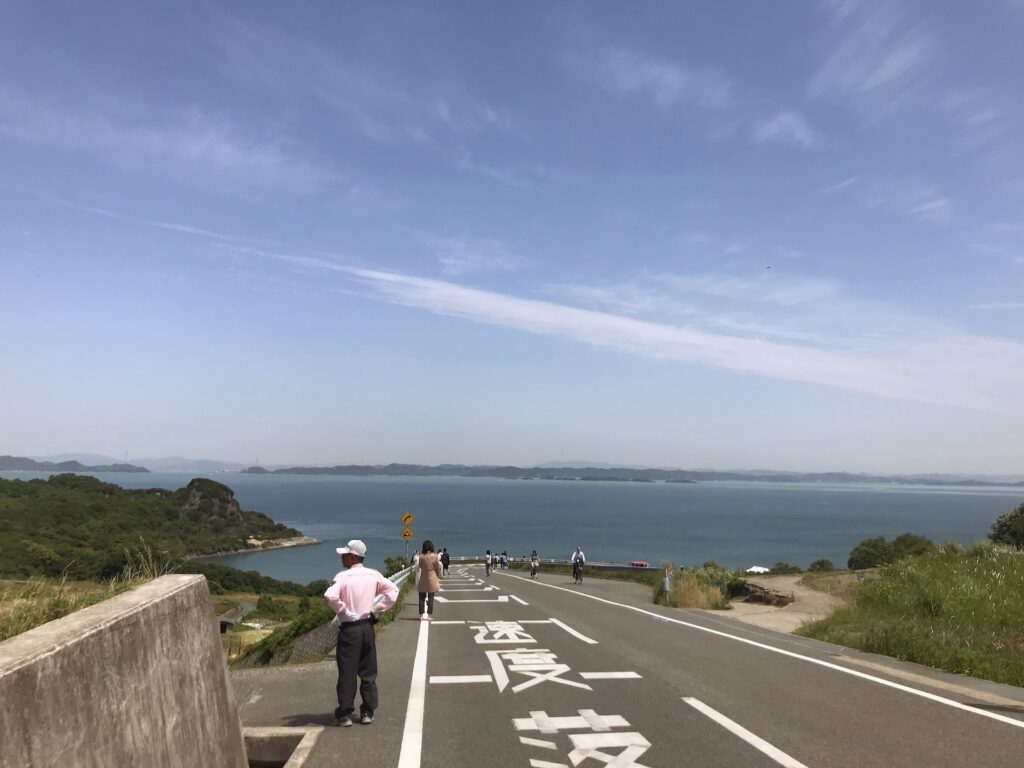
Japan’s Art Islands
Set among sea and stone, the art islands of Japan’s Seto Inland Sea turn landscape into gallery, and gallery into experience. When contemporary art merges with Japan’s history and architecture the lines blur, between object and environment, observer and experience.
by Anamaria Roa
The art islands of the Seto Inland Sea weren’t always the calm places of discovery and creativity they are today. Like many places touched by unchecked industrial growth, this region, including Naoshima, Teshima, and Inujima, suffered deeply.
During the 1970s and ’80s, illegal industrial waste dumping scarred the landscape, while dwindling, aging populations left villages hollow and futures uncertain. It’s a story as old as time: cultural abandonment, environmental neglect, and irreversible loss.
But amid the decay, one man saw possibility. Where others saw waste, Tetsuhiro Kikutake envisioned renewal, a bold transformation that would turn ruin into resonance, and isolation into inspiration.
Today, we’re uncovering the heart of this vision, a place where art and landscape intertwine.
The islands tell a story of redemption—of the possibilities that lie beyond neglect—and of a unique gallery experience that can only exist where nature is not a backdrop, but a collaborator. On these islands, creativity lives in the wind, the shorelines, the softened edges of once-forgotten places, reminding us that beauty can rise even from ruin.

Naoshima
There was a time when the pier on Naoshima met the sea in silence, its pier marked only by tides and wind. That changed with the arrival of Yayoi Kusama’s now-iconic polka-dotted pumpkin. Bold, surreal, and strangely fitting. It marked a turning point, signaling the island’s shift into a new identity, one of a contemporary art hub.
The transformation began in the late 1980s with a partnership between the Benesse Corporation and architect Tadao Ando. Their vision: integrate art, architecture, and landscape into a cohesive experience. Ando’s minimalist concrete structures, designed to heighten awareness of space and light, became the foundation for what is now the Benesse Art Site Naoshima.
Launched in the 1990s. The Naoshima Art Project established a network of museums, installations, and open-air works. Today, eleven major art sites anchor Naoshima, with commissioned works by leading Asian and international artists.

Teshima
Teshima offers a quieter, more meditative experience. The island, once the site of one of Japan’s worst cases of illegal industrial waste dumping, 710,000 tons in total, has become a symbol of revival through art.
At its center is the Teshima Art Museum, a collaboration between artist Rei Naito and architect Ryue Nishizawa. Set atop restored rice terraces, the droplet-shaped concrete structure is open to the elements. Light, wind, and sound enter freely here. Inside, water slowly emerges from the floor in a continuous, organic rhythm. Home to a single work, Matrix by Naito, and encourages silent, barefoot exploration.
Teshima hosts seven art sites in total. Each one is deeply rooted in the island’s natural and historical context.
Inujima
The smallest of the 3 is Inujima, a place where industrial ruins meet artistic renewal. Once home to a major copper refinery in the early 20th century, the island’s decaying kilns, chimneys, and factory remains now serve as a canvas for regeneration.
At its core is the Inujima Seirensho Art Museum, housed in a former refinery and designed by Hiroshi Sambuichi. The site preserves industrial structures while integrating sustainable systems like solar and geothermal energy and plant-powered water purification. The museum features works by Yukinori Yanagi and explores themes of modernization and environmental balance.
Elsewhere, the Inujima “Art House Project” places installations throughout the village. The Inujima Life Garden, a community-led project, reclaims abandoned land as a public botanical space. And the Inujima Art Rendezvous by Ellie Omiya adds interactive art and seasonal events across the island.
Each installation is a testimony to the quiet transformation, serving as a reminder that beauty can emerge from ruin if we know where to look.
The 2025 Setouchi Triennale
Since 2010, the Seto Inland Sea islands transform every three years for the Setouchi Triennale. This year, the festival will run across spring, summer, and fall, bringing contemporary art to life throughout the islands.
This edition emphasized new installations and stronger collaboration with locals. Embedding art into fish towns, abandoned schools, and coastlines. Attending the Triennale means embracing a slower pace. Waiting for ferries and weather conditions. It invites a journey of presence.
- Summer: August 1 to 31
- Autumn: October 3 to November 9


